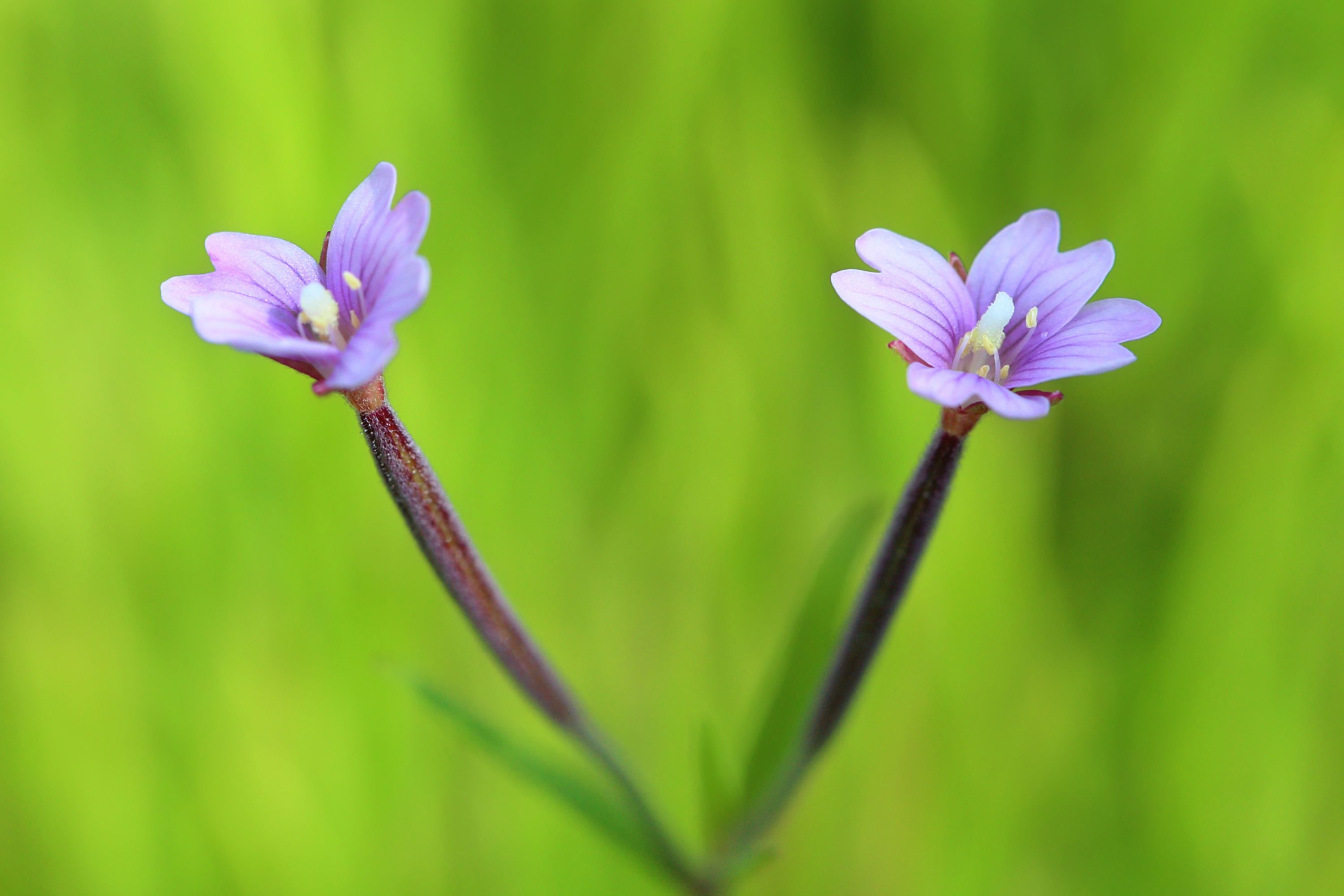Pimpernel willowherb
(Epilobium anagallidifolium)

Description
Epilobium anagallidifolium, commonly known as the Alpine willowherb or Pimpernel willowherb, is a small, herbaceous perennial plant native to the alpine and subalpine regions of Europe and Asia. This plant belongs to the Onagraceae family and is known for its delicate pink or purple flowers and narrow leaves that resemble those of the herb Pimpernel. Description and Taxonomy Epilobium anagallidifolium typically grows to a height of 5-30 cm and has a basal rosette of narrow, lance-shaped leaves that measure 2-6 cm in length. The leaves are usually toothed at the margins and have a smooth surface. The stems of the plant are thin and wiry and bear small, delicate flowers that measure around 1 cm in diameter. The flowers have four petals and are arranged in clusters on the stem. The petals are usually pink or purple, though they may also be white, and the stamens are often a contrasting yellow color. The plant blooms from late spring to early summer. The taxonomy of Epilobium anagallidifolium is well-established. It belongs to the genus Epilobium, which includes around 150 species of herbaceous perennials that are distributed throughout the world. The genus is characterized by its four-petalled flowers, which are typically arranged in clusters, and its fruit capsules, which split open to release numerous small seeds. Distribution and Habitat Epilobium anagallidifolium is native to the alpine and subalpine regions of Europe and Asia. It is found at elevations of 1000-3000 meters in the Alps, the Carpathians, the Pyrenees, the Apennines, the Balkans, the Caucasus, and the Himalayas. The plant prefers rocky, well-drained soil and is often found growing in open, sunny areas such as meadows, pastures, and rocky slopes. It is well-adapted to the harsh environmental conditions of the alpine and subalpine zones, where the growing season is short and the temperatures are low. Uses Epilobium anagallidifolium has a number of traditional medicinal uses. The plant has been used to treat a variety of ailments, including diarrhea, dysentery, stomach ulcers, and respiratory infections. The leaves of the plant are rich in tannins, which have astringent properties that help to reduce inflammation and stop bleeding. The plant also contains flavonoids, which have antioxidant properties that help to protect against cell damage. In addition to its medicinal uses, Epilobium anagallidifolium has ornamental value. Its delicate flowers and narrow leaves make it a popular choice for rock gardens and alpine plantings. The plant is easy to grow from seed and can be propagated by division or cuttings. Conservation Epilobium anagallidifolium is not considered to be endangered or threatened. However, like many alpine plants, it is vulnerable to habitat loss and fragmentation due to climate change and human activities such as tourism, grazing, and land use change. Conservation efforts should focus on protecting and restoring the natural habitats of the plant, and on reducing the impacts of human activities in alpine regions. Conclusion Epilobium anagallidifolium is a small but hardy alpine plant that is valued for its ornamental and medicinal properties. It is well-adapted to the harsh environmental conditions of the alpine and subalpine zones and is found in many regions of Europe and Asia.
Taxonomic tree:







